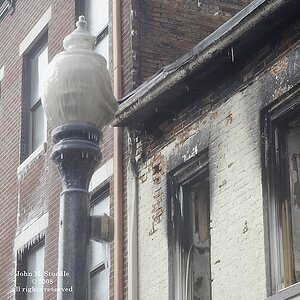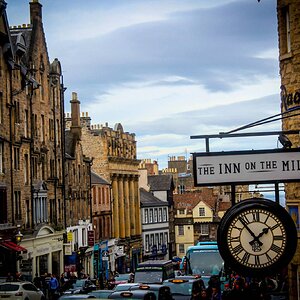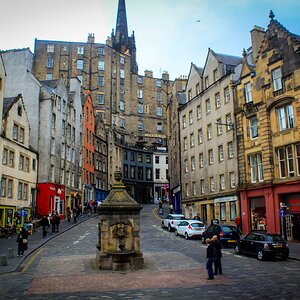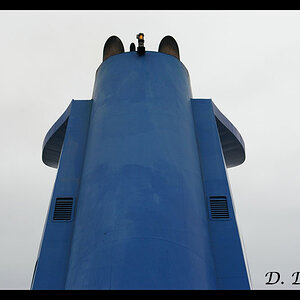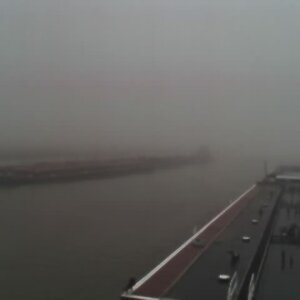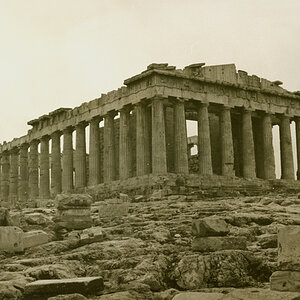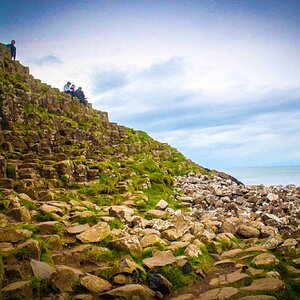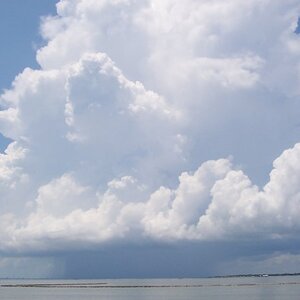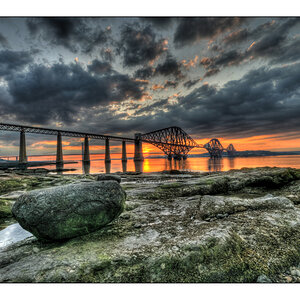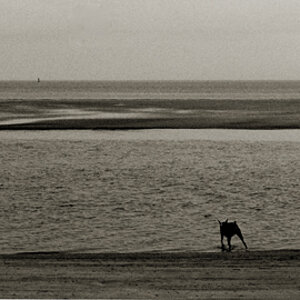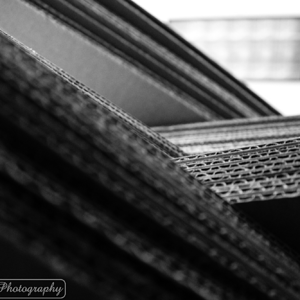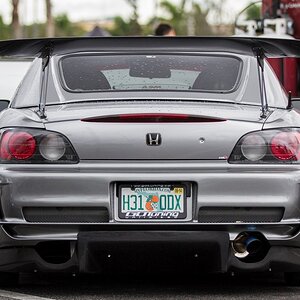OP
OP
astrostu
Guest
RMThompson said:I want to know how you debunk the fact a camera was on the ground as the lander took back off?
trust me, I dont think it was a hoax, Im just curious as how to answer this!
I don't know the specifics of this*, but I do know that all Apollo missions left equipment on the lunar surface. One of these was a video camera. I've actually been told that the controllers for the first ascent didn't remember that there was a lag between Earth-Moon communication, and they didn't pan with the craft as a result. So this was adjusted for future missions.
*This is one reason why most scientists will not debate hoax conspiracists. There are so many nit-picky arguments that can be rattled off that it's nearly impossible to be familiar enough with all of them to convincingly debunk them. And what I find most telling is that in practically every case, if you debunk a claim then there is no rebuttal from the conspiracist, they move right on to the next one in order to trip you up. I don't mean to insult DSG at all by this, but his posts are a prime example above, where I provided counter explanations for what he said, and he just went right on to the next one, without providing rebuttal. This is one reason why I'm semi-warry about doing a public planetarium show about this. :er:




